September 2014
Minister opens Meeting on Global Sharing of Biodiversity Data
|
In his welcome address Shri Hem Pande, Additional Secretary, MoEFCC & Head of the Indian Delegation said that he was pleased to note that delegates from over 30 countries and institutions had come for this meeting. He said that MoEFCC was committed to develop the science of biodiversity informatics and make best use of GBIF resources. In his inaugural address to the delegates, Shri Javadekar said “While India has emerged as a global powerhouse of information technology we have not yet made use of the full potential of biodiversity informatics in policy formulation and decision-making”. However, we stand committed to developing “biodiversity informatics” as an essential element of India’s economic, environment and social well-being. We are in the process of building a comprehensive and decentralized biodiversity information infrastructure to serve the national interests and to provide inter-operability with regional and global initiatives”. He further said that a lot of biodiversity data of Indian origin is with several natural history museums in the world and this valuable legacy data was needed by the Indian researchers. Several ongoing global and regional biodiversity informatics initiatives for sharing this biodiversity data with the countries of origin are gaining momentum. He requested GBIF and its partners to expedite and institutionalize the process of digital exchange of this data. In a message to the governing board meeting, the executive secretary of the Convention on Biological Diversity (CBD), Braulio Dias emphasized that GBIF’s role was critical to improve the scientific knowledge needed in order to sustain healthy ecosystems. “I therefore appeal, not only to this forum but also within the CBD constitutency, to recognize the benefits of a viable, active and strong GBIF, primarily to benefit countries in having access to information to guide their own sustainable development agenda,” Mr Dias said. In his introduction to the three-day meeting in New Delhi, the GBIF Governing Board Chair Peter Schalk said that India had an important role to play in GBIF, and carried a global responsibility, being the second largest country in the world in human population, and containing a great wealth of biodiversity including 7% of the world’s mammal species, 12% of birds, 6% of reptiles, 5% of amphibians, 11% of fishes, and 6% of the flowering plants of the planet. "India has a lot to offer to GBIF and the global biodiversity community in terms of data and biodiversity expertise,” Schalk commented. “In its turn, GBIF offers a good value proposition to India in terms of open data resources, ICT tools and international collaboration.” In his own opening statement to the meeting, the GBIF Executive Secretary Donald Hobern praised India for developing a National Biodiversity Information Outlook, to provide a roadmap for developing a national infrastructure for biodiversity information. “We live in an age in which we all increasingly depend on instant access to up-to-date digital information on finances, weather, transport and air quality,” Hobern said. “We have just as much need to be able to track the status of biodiversity and how its patterns change over time. GBIF at the global level and GBIF nodes at the national level are all working together to create this infrastructure and to support our societies with immediate access to the best available knowledge of natural systems.” On this occasion ShriPrakashJavedekar, Minister of Environment, Forests and Climate Change also released 3 Botanical Survey of India publications viz. “Flora of Lower Subansiri District, Arunachal Pradesh State”, “Fascicles of flora of India” and “VanapatiVani”. He also released 4 Zoological Survey of India publications viz. “Fauna of Achanakmar-Amarkantak Biosphere”, “Freshwater Crabs”, “Gorgonians in Andaman and Nicobar Island” and “Fauna of State of Karnataka”. He also launched the re-engineered websites of the Botanical and Zoological Survey of India. |
|
 |
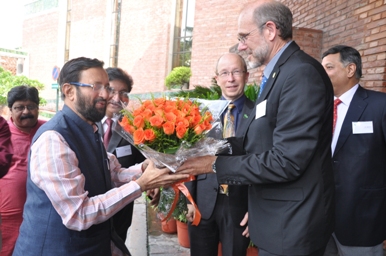 |
 |
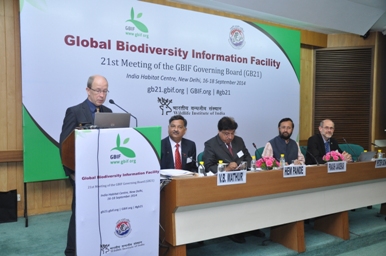 |
 |
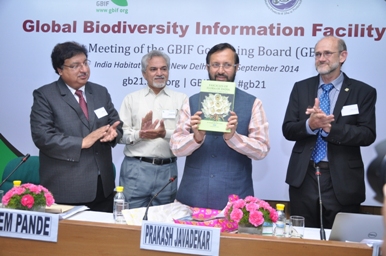 |
 |
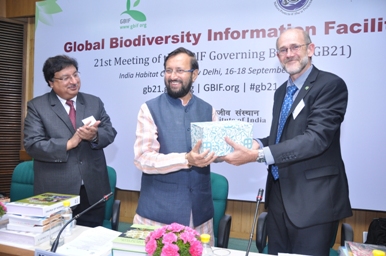 |
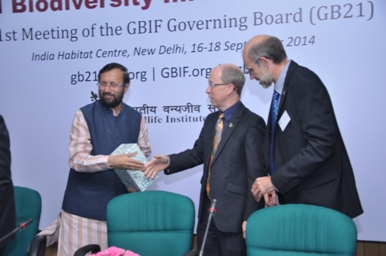 |
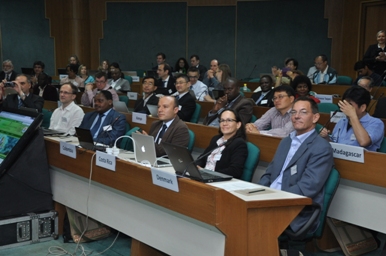 |
Last Updated: September 16, 2014
Himalayan Day Celebrations at the Wildlife Institute of India on 9th September, 2014
|
Dr. S. Sathyakumar, Scientist-G of the Institute, welcomed Dr. Ravi Chopra and participants, providing a brief background of WII’s research and conservation initiatives in the Himalaya and why we celebrate the Himalayan Day. Dr. Ravi Chopra in his talk presented an overview of all the environmental and social problems in the Himalayas region due to the rapid pace of ill-planned development. He stressed the importance of sustainable development through community participation, better risk preparedness and environmental friendly livelihoods. Dr. Ravi Chopra and his team have innovated creative approaches to put science and technology in the service of India’s poorest people, through capacity building of the local communities, helping them to prepare their own development, implement projects, and then manage the assets created. The 9th of September was chosen as Himalayan Day in 2010 by individuals who were concerned about the conservation of the Himalayan ecosystems to bring awareness amongst the common people to save the Himalaya which is severely threatened due to increasing human activities. Since then, many institutions and organizations in the Himalaya celebrate this day as “Himalayan Day” and undertake various discussion forums and awareness creation activities. |
|
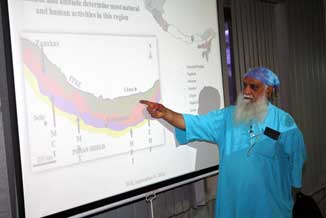 |
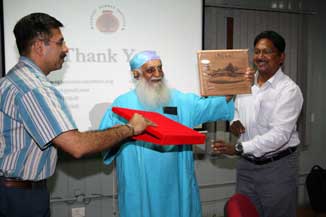 |
Last Updated: September 10, 2014
Commencement of XXXVI Post Graduate Diploma Course
|
XXXVI Post Graduate Diploma Course began on 1st September 2014. 10 month long Diploma Course comprises teaching at the Institute and field tours to different protected areas of the country, and also foreign exposure tour. Wildlife Institute of India received overwhelming response from States and finally nominations of 21 officers were accepted. Out of these 21 participants 17 officers are from 14 Indian States and 4 are foreign nationals from Bangladesh. Seven officers have joined the course after completing their induction training during the current year-2014. On the first day a brief introductory session with Director, faculty and sectional heads of Wildlife Institute of India was organized. Dean, Faculty of Wildlife Sciences in his address to the officers emphasized the need of scientific training for managing natural resources. The Director, wildlife Institute of India advised young officer trainees to make best use of the training, and develop specialization in their respective fields. |
|
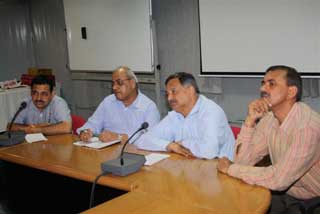 |
 |
 |
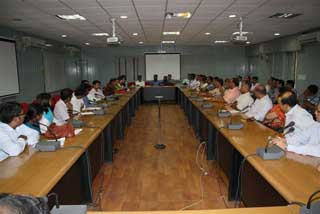 |
Last Updated: September 4, 2014
Special Certificate Course in Wildlife Management
3-month Special Certificate Course in Wildlife Management commenced on 1st September 2014. A request from the Bangladesh Forest Department was received by the Wildlife Institute of India for conducting a 3-month certificate course. 16 officers of the rank of Wildlife and Biodiversity Conservation Officer and equivalent were nominated for the course under the project “Strengthening Regional Cooperation for Wildlife Protection” by the Government of Bangladesh. The course has been tailored in order to meet the requirements of the participants. The participants would be undergoing 10 modules in the form of class room lectures, hands on and field exercises. The participants would be staying in WII till 15th October 2014 and would be travelling to the various protected areas in the country for Wetland, Techniques and Management Tour. The course will conclude in Kolkata on 1st December 2014.
 |
 |
 |
 |
| Md. Kamruzzaman | Md. Manirul Islam | Allama Shibli Sadik | Md. Azizar Rahaman |
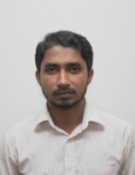 |
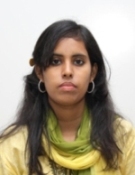 |
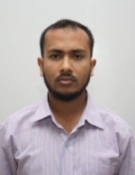 |
 |
| Hatem Sazzat Md. Zulkar Nine | Israt Jahan | Md. Mofizur Rahaman Chowdhury | Md. Monirul Islam |
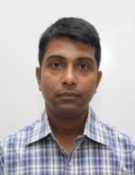 |
 |
 |
 |
| Md. Monzurul Alam | Pinkee Kumar Dhar | Raju Ahmed | Md. Rashedul Kabir Bhuiyan |
 |
 |
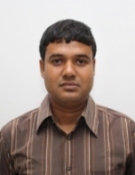 |
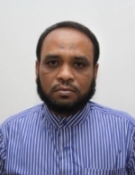 |
| Salma Akter | Md. Sharifuzzaman | Md. Tarik Kabir | Zahirul Kabir Shaheen |
Last Updated: April 14, 2015
Foundation Stone Laying Ceremony of the UNESCO’s Training Centre for Asia and the Pacific Region at WII
|
In the event organized to commemorate the foundation stone laying of UNESCO Centre at WII, Dr. V.B. Mathur, Director of WII provided an overview of the Centre and highlighted that this Centre marks the global recognition of WII’s strength to contribute to national as well as international efforts to preserve Natural Heritage. The Hon’ble Union Minister Shri. Prakash Javadekar, in his address to large gathering of professionals and staff (http://youtu.be/2bjOuKbzydI), credited the efforts of WII including the establishment of UNESCO Centre and various applied research projects providing space for integrated development and conservation planning. He elaborated on his keen interest and appreciation of nature and reiterated his commitment for safeguarding the natural wealth of the country. He welcomed the role played by WII in providing technical advices to the Ministry of Environment, Forests and Climate Change and pledged support for overall welfare of the organization and nation building. The foundation stone laying and subsequent commemorate events were attended by various dignitaries including Dr. S.S. Garbyal, Director General of Forests & Special Secretary to Govt. of India, Shri. A.K. Srivastava, Additional Director General of Forests, MoEFCC, Chief Executives and senior officials of sister Organizations in Dehradun and WII family members consisting of faculty members, staff, research fellows and students. During the event, the Hon’ble Minister released an ENVIS Bulletin on ‘Coastal and Marine Protected Areas in India: Challenges and Way Forward’, edited by Dr. K. Sivakumar, Scientist-E of WII. As a token of appreciation and gratitude, the Hon’ble Minister was also presented with newly created line drawing of the Institute’s campus by Director WII, Dr. V.B. Mathur and a framed photograph of a rare plant, Brahma Kamal (Saussurea obvallata), found in the high altitutes of the Himalaya, by Dr. B.S. Adhikari, Scientist-E of WII.In the end, Dr. P.K. Mathur, Dean of WII, summarized the entire process and duly acknowledged the Hon’ble Minister and all others who participated in the event |
|
|
|
|
|
|
|
|
|
|
|
|
|
|
|
|
|
|
|
|
|
|
|
|
Last Updated: September 2, 2014

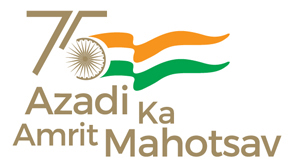
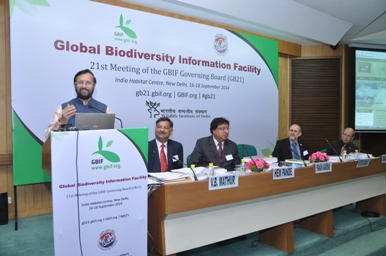 Shri Prakash Javadekar, Minister of Environment, Forests and Climate Change opened (MoEFCC) 21st meeting of the Governing Board of Global Biodiversity Information Facility (GBIF) at the India Habitat Centre, New Delhi on 16th September, 2014.
Shri Prakash Javadekar, Minister of Environment, Forests and Climate Change opened (MoEFCC) 21st meeting of the Governing Board of Global Biodiversity Information Facility (GBIF) at the India Habitat Centre, New Delhi on 16th September, 2014.  The Himalayan Day was celebrated at the Wildlife Institute of India, Dehradun on 9th September in which over 50 participants including the scientists, researchers, and students participated. Dr. Ravi Chopra, Director, Peoples Science Institute, Dehradun was the Chief Guest on this occasion and he delivered a talk on “Sustainable Development in the Himalaya”.
The Himalayan Day was celebrated at the Wildlife Institute of India, Dehradun on 9th September in which over 50 participants including the scientists, researchers, and students participated. Dr. Ravi Chopra, Director, Peoples Science Institute, Dehradun was the Chief Guest on this occasion and he delivered a talk on “Sustainable Development in the Himalaya”. 




















